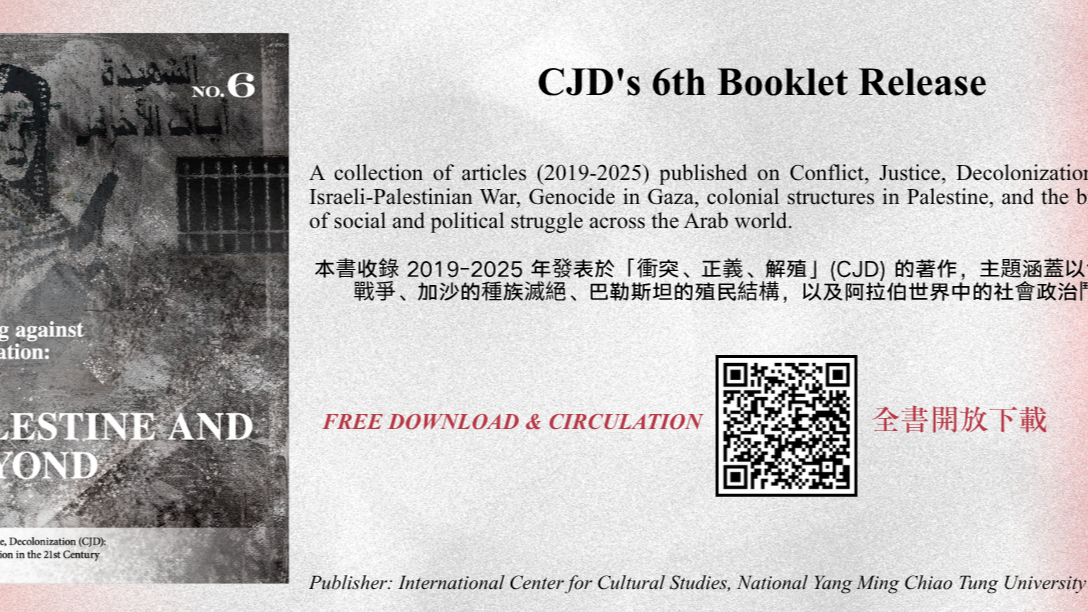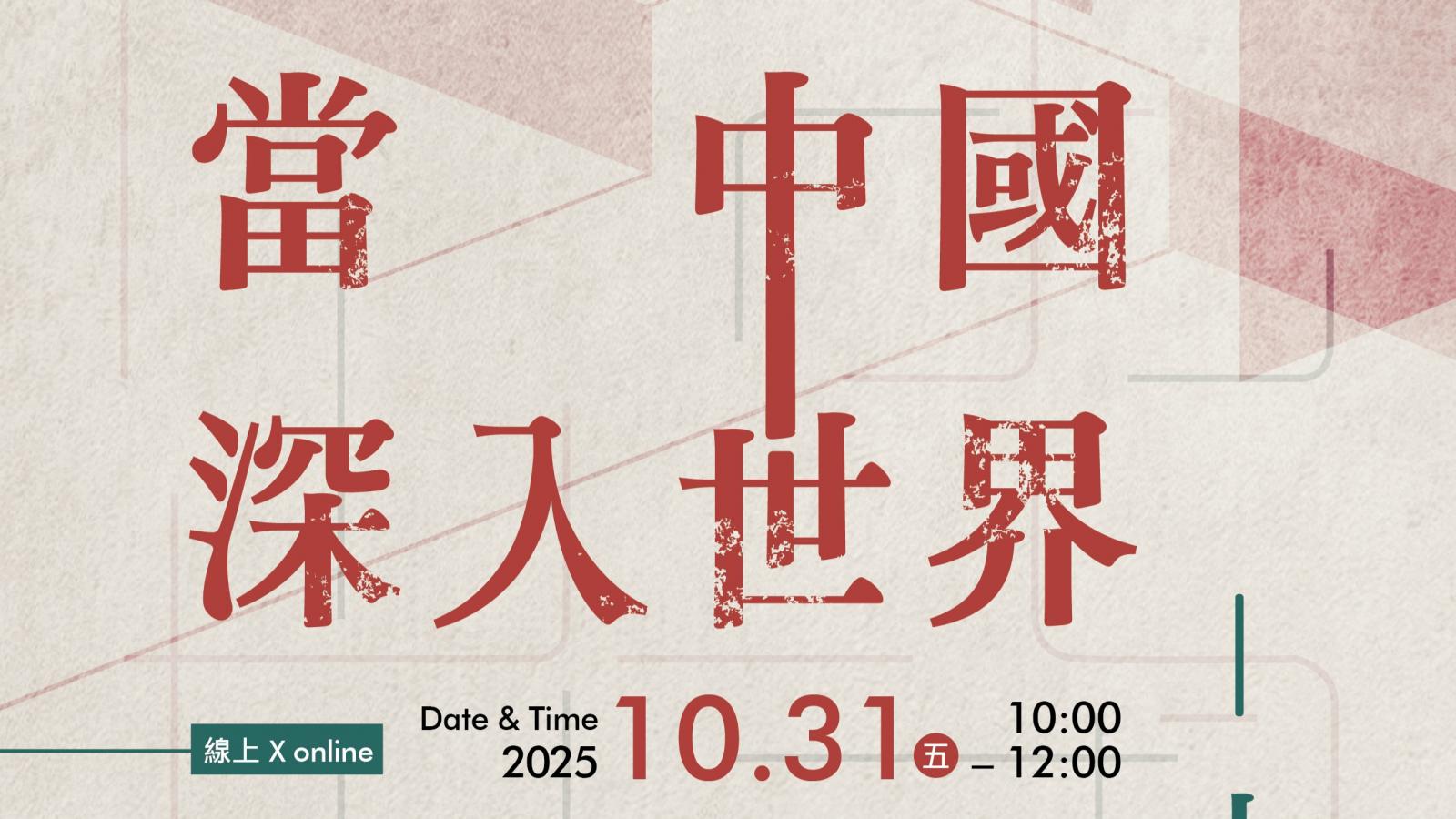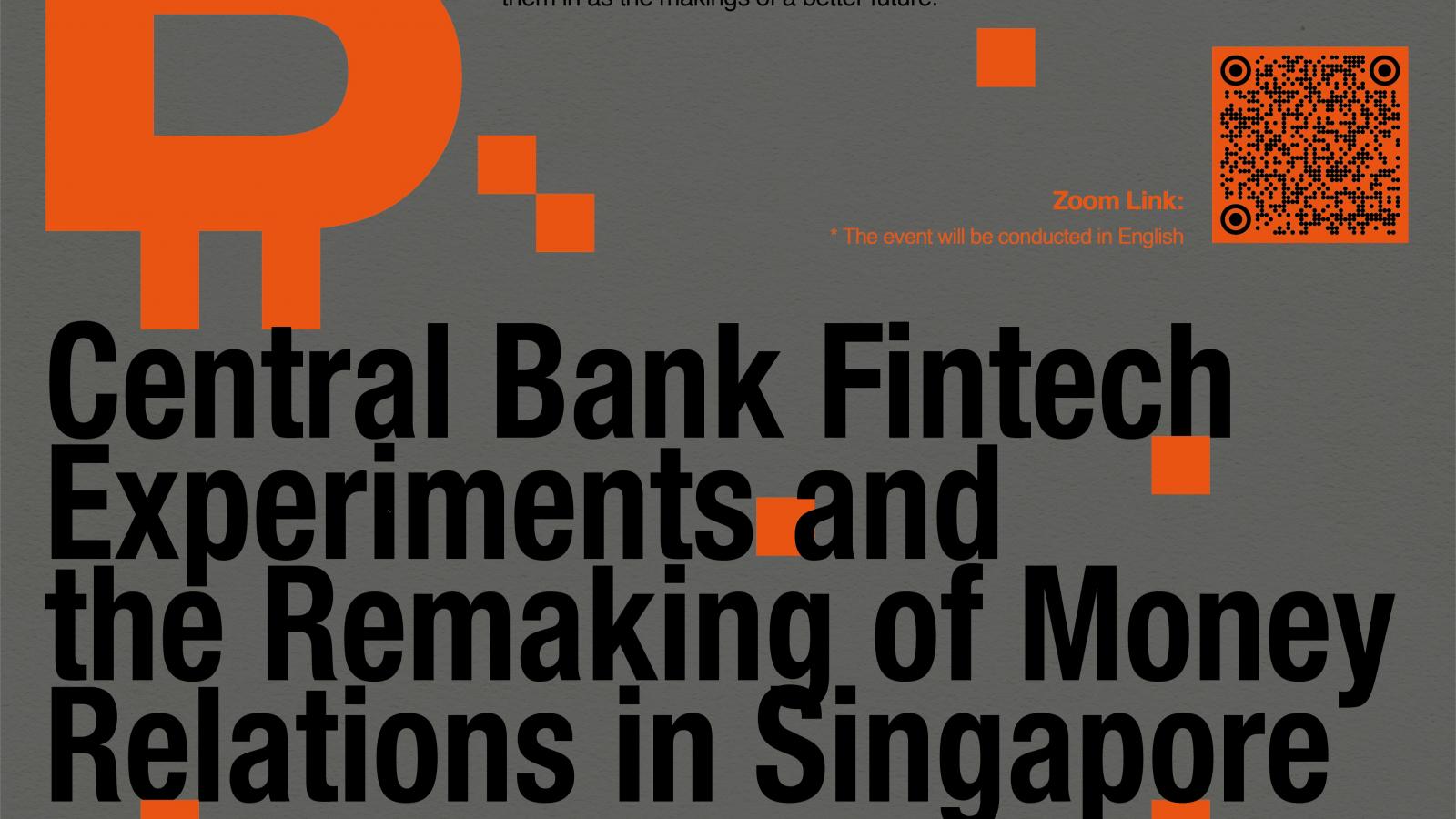

Notes on Prof. Seong Nae Kim’s Lecture “Ritual Mediations and the Postmemory of the Cheju Massacre in Korea”
2019-05-27
Notes on Prof. Seong Nae Kim’s Lecture “Ritual Mediations and the Postmemory of the Cheju Massacre in Korea”
Topic: Ritual Mediations and the Postmemory of the Cheju Massacre in Korea
Speaker: Seong Nae Kim (Visiting Scholar, Sociology, Soochow University; Professor Emerita of Religious Studies, Sogang University, South Korea)
Date: 10 May 2019
Writer: Postdoctoral Fellow Desmond Hok-Man SHAM(The International Center for Cultural Studies)
Comparable with the February 28 Incident in Taiwan, the Cheju Massacre (also known as sasam sakon or April 3rd Incident) in Korea in 1948 was also a state-violence against its people during the Cold War. Initially a small-scale civilian uprising, the military government turned it into a large-scale cruel suppression and mass killings of civilian to get rid of the “communists”. From 1948 to 1954, almost every village on Cheju Island had villagers massacred. It was estimated that around 14000 to 60000 people died during the massacre. A long-time silenced taboo during the military dictatorship, the official investigation of the massacre began to take place after democratization. The official investigation and establishment of Truth Commission, the government’s official recognition of the civilian massacre as a state violence, the restoration of dignity of the victims, and public commemoration are important moments of the transitional justice in South Korea.
Prof. Seong Nae Kim has been researching on Cheju Massacre and the (post-)memory and commemoration of it, as well as religious rituals in Korea. In her lecture, Prof. Kim first contextualized the Cheju Massacre as a planned state-violence against its people in the name of anti-communism supported by the United States in the early Cold War period. She suggested that there were four stages of transitional justice movement related to the Cheju Massacre. During the first stage (1954 – 1987), the memory of the Cheju Massacre was almost completely silenced and suppressed by the military dictators. Prof. Kim suggested that the shamans had an important roles in transmitting the memory of the massacre otherwise hidden, before public testimony was available. During the shaman rituals, the souls of dead victims reminded the locals about the massacre. In the second stage (1987 – 1992), there were local mass democratic movements. Testimonies began to emerge, and Daranshi Cave, the first evidence of massacre was unearthed. During the presidency of the first civilian government Kim Young-sam (1993 – 1998), a provincial committee, which focused on the official investigation of the massacres and mass petition, was established under Cheju Provincial Council. This was the third stage of the transitional justice movement. The fourth stage of the transitional justice movement (1998 – 2000) observed that the Cheju Massacre moved from the local, periphery to the centre of the national politics. In 2000, a national-level 4.3 Committee was finally established. After the society became more liberal, more testimonies and reports of the family death and casualties were presented. There were also exhumation of mass grave in Cheju Airport between 2008 and 2010.
In the public commemoration of the Cheju Massacre, religious rituals also play an important role. Prof. Kim explained, in these commemoration, multiple victims were often enshrined in a single tablets. In the Haewon Sangsaeng Kut (Shamanic Ritual for the Consolation of Pent-up Hearts and the Mutual Rebirth of the Dead and the Living Descendants), names of the dead were called by the shaman one by one. Through the ritual, the dead in the massacre was transformed from wandering ghosts and forgotten insurgents (pokto) to honourary figures and official victims (huisaengja) of the state violence, and being worshipped as proper (collateral) ancestors of the family and the state. The rituals are both significant to the deceased and the alive.
During the discussion, Prof. Kim and the members of audience had a fruitful exchange between the experiences of state violence during Cold War, the roles of USA, martial law, democratization, and transitional justice in South Korea and Taiwan. I believe that more intellectual exchange on comparable experiences among the places on the “Island Chain” will help us better understand the past and present and think of the future.

近期新聞 Recent News

New Publication | Writing against Occupation: Palestine and Beyond (CJD Booklet No.6)
2025-11-12
more

側記|Central bank fintech experiments and the remaking of money relations in Singapore
2025-10-22
more